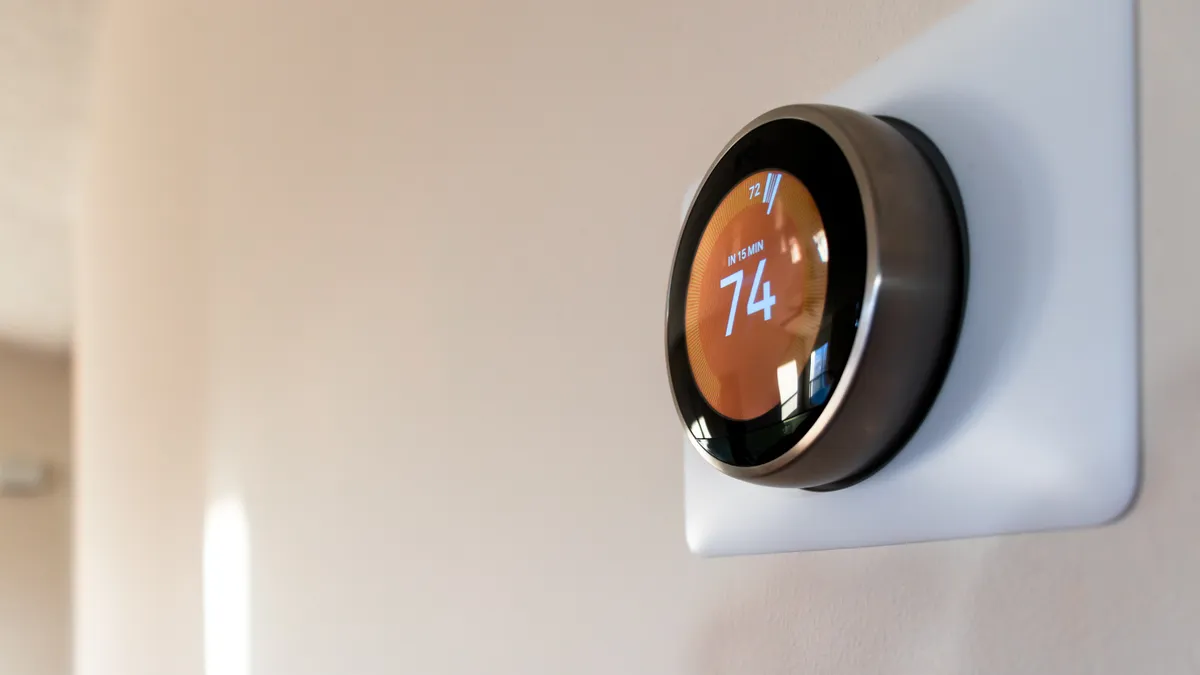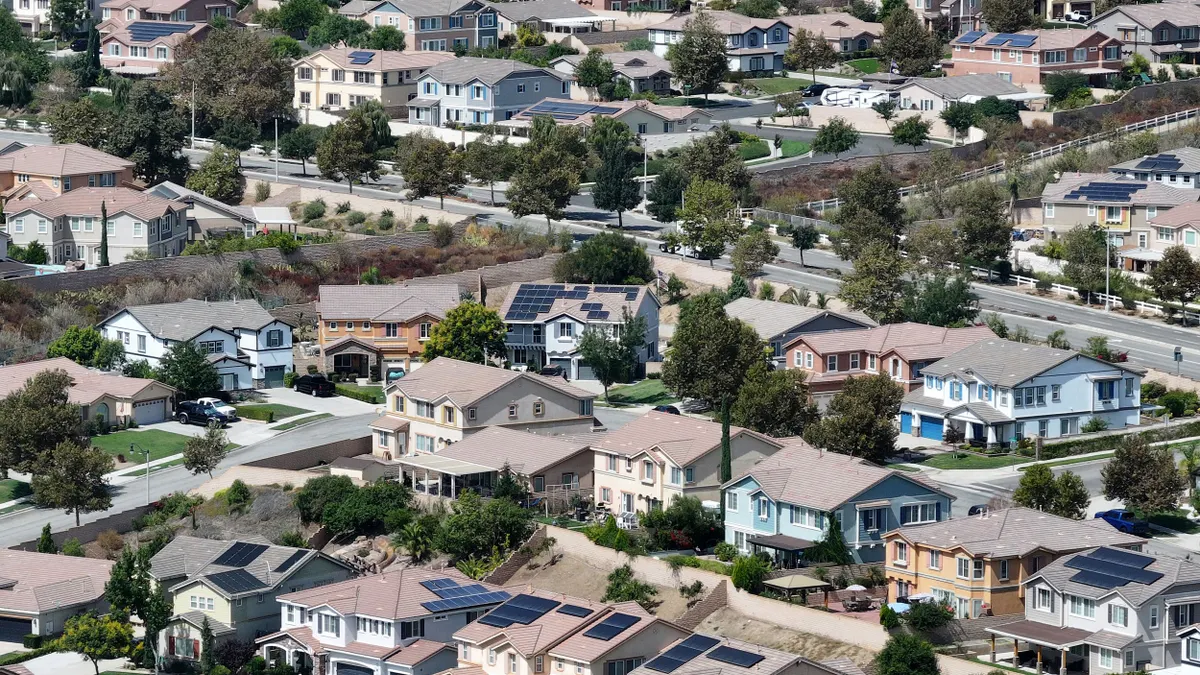Aggressive efficiency targets, vibrant state policy and building energy codes rocketed California and Massachusetts to the top spot in the American Council For an Energy-Efficient Economy's most recent state rankings.
The report calls it a "dramatic photo finish," with both states improving overall scores from last year. Massachusetts scored 19.5 out of 20 in utility policy, while perfect scores for appliance efficiency standards and transportation policy helped California close the gap.
While the horse-race aspect of ACEEE’s report reveals specific policies that work—and the states that most need to implement them—it more broadly shows the tremendous impact that state efficiency efforts are having.
"Over the last 10 years we’ve seen many if not most innovative policies and programs that promote energy efficiency originate at the state level," Weston Berg, lead author of ACEEE's analysis, said in a conference call announcing the findings. "As a cost effective compliance option, efficiency is a valuable tool."
Those ideas were echoed by Kathleen Hogan, deputy assistant secretary for energy efficiency in the Department of Energy's Office of Energy Efficiency and Renewable Energy. "When you look across country, energy efficiency remains a large, low-cost energy resource," she said. "It’s available in every part of the country and addresses our most pressing energy and environmental challenges. .... It is the states that truly oversee policies and programs that unlock these benefits."
According to the report, the 2016 State Energy Efficiency Scorecard, utilities in the United States invested approximately $7.7 billion in energy efficiency last year—up from about $7.3 billion in 2014. States were driving efficiency investments through updates to building energy codes and transportation planning.
"These investments reap large benefits, giving businesses, governments, and consumers more control," the report concluded.
What California and Massachusetts do right
California was last ranked tops in energy efficiency in 2010—when it was then surpassed by Massachusetts, which subsequently held the #1 ranking for five years. This is Massachusetts' sixth consecutive year at the top of ACEEE's rankings, but this time tied with California.
The report attributes California's rise in the rankings to a "notable increase in electricity savings," largely due to policies designed to ramp up energy efficiency programs. The California Clean Jobs Act allocates funding to energy efficiency projects in schools, and the state recently implemented a cap-and-trade program under the California Global Warming Solutions Act of 2006.
On top of that, California lawmakers passed two bills last year: Senate Bill 350, which requires a doubling of energy efficiency savings from electricity and natural gas end-uses by 2030, and Assembly Bill 802, which promotes building benchmarking, enables access to whole-building data, and requires the California Energy Commission and the California Public Utilities Commission to reassess baselines for energy efficiency measures.
"It’s great to be back at number 1," said Andrew McAllister, a commissioner with the California Energy Commission.
"California is and has been at the forefront of environmental policy to reduce greenhouse gas emissions," he said. "The state’s highest priority is energy efficiency. To promote a clean energy economy, we must make it easier for markets to function and for people to make choices that achieve energy savings and drive consumer demand for energy services. In order to get scale, we have to utilize markets well and create the conditions within which they function properly."
Despite already holding the top ranking, ACEEE said Massachusetts continues to make "notable progress" as well, recently increasing its electricity efficiency targets to almost 3% and adopting the newest International Energy Conservation Code and American Society of Heating, Refrigeration, and Air Conditioning Engineers standards as part of the state’s newest building energy codes.
Massachusetts' Green Communities Act of 2008 continues to power much of the state's savings, ACEEE said. "The legislation has spurred additional investment in energy efficiency programs by requiring utilities to save a large and growing percentage of energy every year through efficiency measures," the report concluded.
Massachusetts Department of Energy Resources Commissioner Judith Judson said program administrators last year delivered efficiency savings of 3.01%, and now the state is targeting 2.94%. “We have a focus on peak demand reduction," she said. "Our 2016-2018 statewide energy efficiency plan sets most aggressive energy savings goals in the U.S."
Or as DOE's Hogan put it: "3% is now the number to beat."
Where improvement is needed
ACEEE Executive Director Steven Nadel noted that while states have made great strides in the 10 years since the group has been producing the report, there is still work to be done.
"Since 2007 we've seen enormous improvement in state efficiency policies and programs. Quite a few states have moved up enormously," said Nadel. In a decade of ACEEE surveys, Michigan has moved up 22 slots (now #11), and Arkansas (#27) and Tennessee (#25) have each moved up 18 spots.
"These efforts show how over many years states can do a lot more for energy efficiency," said Nadel. “There have been states who have been in the middle of the pack, or even below, who have made progress. ... A lot of states stay somewhat the same but quite a few make a concerted effort and can move around quite a bit.”
On whole, 25 states and territories gained points and 21 states lost points compared with last year. At the bottom of the list, North Dakota (#51), Wyoming (#50) and South Dakota (#49) each lost ground.
ACEEE detailed the policies states can enact to better their scores and programs, which include:
- Establishing and adequately fund energy efficiency resource standards.
- Adopt updated, more stringent building energy codes, and improve code compliance. Buildings account for more than 40% of the total energy consumed in the United States.
- Set goals for reducing vehicle miles traveled, and integrate land use and transportation planning.
- Treat cost-effective and efficient combined heat and power projects as an energy efficiency resource equivalent to other forms of efficiency.
- Expand and make state-led efforts more visible, including establishing sustainable funding sources for energy efficiency incentive programs and investing in energy efficiency–related research, development, and demonstration centers.
California updates its building codes every three years, and the newest set of rules will go into effect in January. According to CEC's McAllister, when the state makes changes to standards it can often have a ripple effect.
“The savings go well beyond our state," he said. "Because of California’s sheer size, we can move markets.”
"Energy efficiency is no easy task," added DOE's Hogan. "It does take tremendous leadership and we do see each year more happening, states getting smarter and diving deeper, pushing further and putting more innovation into overcoming challenges to really make efficiency work. ... There is some great progress being made on some very important energy policies, improving energy code adoption, improving the efficiency of publicly owned facilities, expanding access to financing so consumers can invest in efficiency and get these great returns."





















